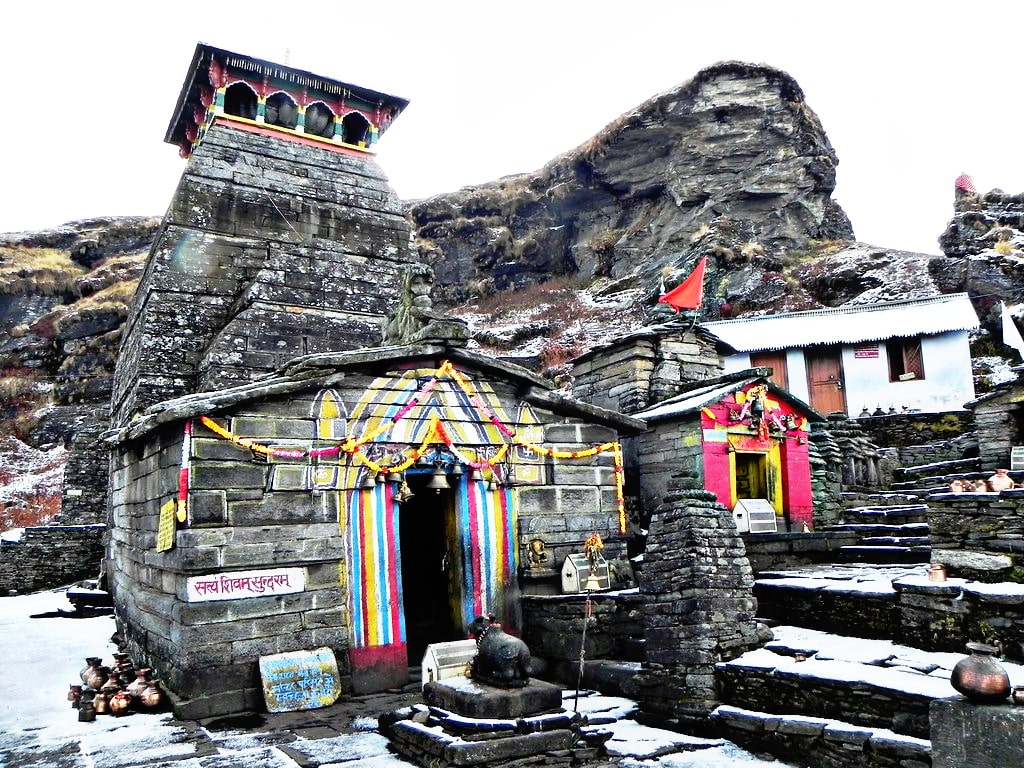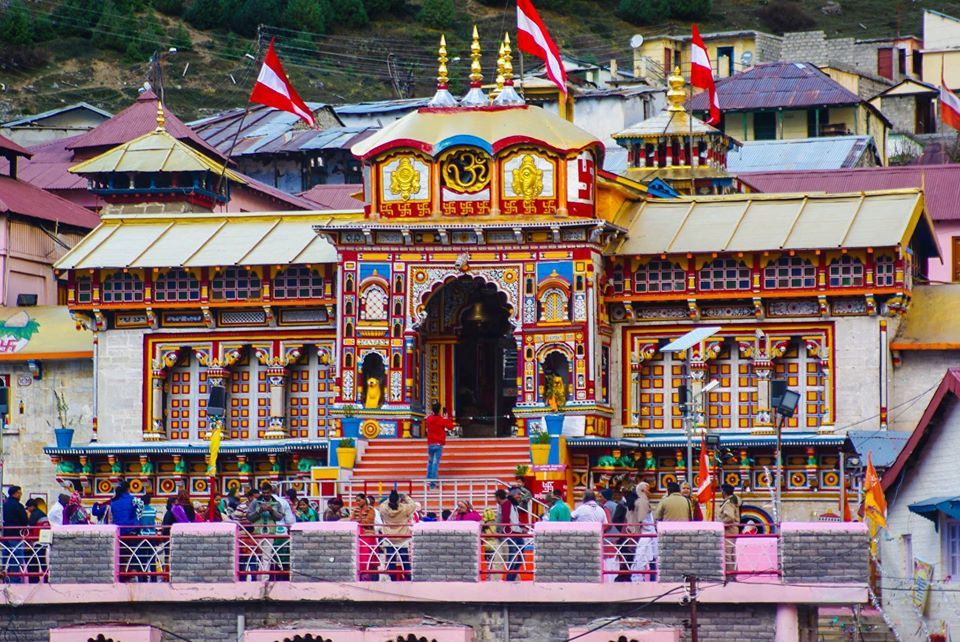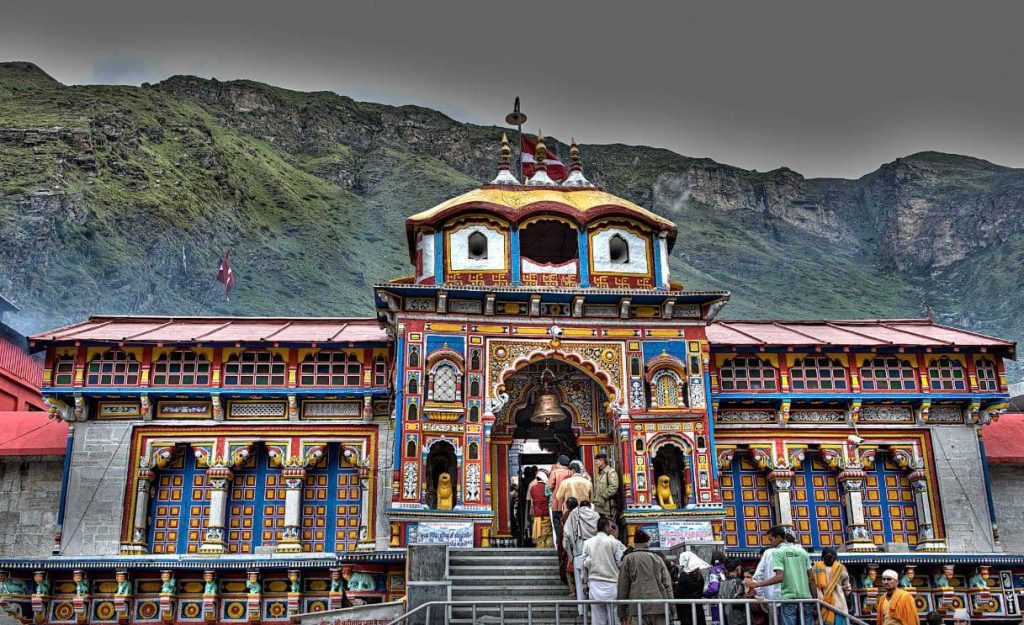TUNGNATH TEMPLE
Tungnath (IAST:tuņgnāth) is one of the highest Shiva temples in the world and is the highest of the five Panch Kedar temples located in the Rudraprayag district, in the Indianstate of Uttarakhand. The Tungnath (literal meaning: Lord of the peaks) mountains form the Mandakini and Alaknanda river valleys. It is located at an altitude of 3,690 m (12,106 ft), and just below the peak of Chandrashila. It has a rich legend linked to the Pandavas, heroes of the Mahabharataepic.

According to Hindu mythology, Shiva and his wife, Parvati both reside in the Himalayas: Shiva resides at Mount Kailash. Parvati is also called Shailaputri, which means ‘Daughter of the Mountain’. Many folk legends related to the Garhwal region, Shiva and the creation of the Panch Kedar temples are narrated.Hindu epic Mahabharata. The Pandavas defeated and slayed their cousins — the Kauravas in the epic Kurukshetra war. They wished to atone for the sins of committing fratricide (gotra hatya) and Brāhmanahatya (killing of Brahmins — the priest class) during the war. Thus, they handed over the reins of their kingdom to their kin and left in search of Shiva and to seek his blessings. First, they went to the holy city of Varanasi (Kashi), believed to be Shiva’s favourite city and known for its Kashi Vishwanath Temple. But, Shiva wanted to avoid them as he was deeply incensed by the death and dishonesty at the Kurukshetra war and was, therefore, insensitive to Pandavas’ prayers. Therefore, he assumed the form of a bull (Nandi) and hid in the Garhwal region.

As per the Hindu mythology, not finding Shiva in Varanasi, the Pandavas went to Garhwal Himalayas. Bhima, the second of the five Pandava brothers, then standing astride two mountains started to look for Shiva. He saw a bull grazing near Guptakashi (“hidden Kashi” — the name derived from the hiding act of Shiva). Bhima immediately recognized the bull to be Shiva. Bhima caught hold of the bull by its tail and hind legs. But the bull-formed Shiva disappeared into the ground to later reappear in parts, with the hump raising in Kedarnath, the arms appearing in Tungnath, the face showing up at Rudranath, the nabhi (navel) and stomach surfacing in Madhyamaheshwar and the hair appearing in Kalpeshwar. The Pandavas pleased with this reappearance in five different forms, built temples at the five places for venerating and worshipping Shiva. The Pandavas were thus freed from their sins.

A variant of the tale credits Bhima of not only catching the bull, but also stopping it from disappearing. Consequently, the bull was torn asunder into five parts and appeared at five locations in the Kedar Khand of Garhwal region of the Himalayas. After building the Panch Kedar Temples, the Pandavas meditated at Kedarnath for salvation, performed yagna (fire sacrifice) and then through the heavenly path called the Mahapanth (also called Swargarohini), attained heaven or salvation. The Panch Kedar Temples are constructed in the North-Indian Himalayan Temple “Katyuri” architecture with the Kedarnath, Tungnath and Madhyamaheshwar temples looking similar.

After completing the pilgrimage of Shiva’s darshan at the Panch Kedar Temples, it is an unwritten religious rite to visit Vishnu at the Badrinath Temple, as a final affirmatory proof by the devotee that he has sought blessings of Shiva. Legend also states that Rama, the central character of Ramayana, meditated at the Chandrashila peak which is close to Tungnath, in India. It is also said that Ravana performed penance to Shiva, the lord of the peaks, when he resided here.
Thanks for reading.



